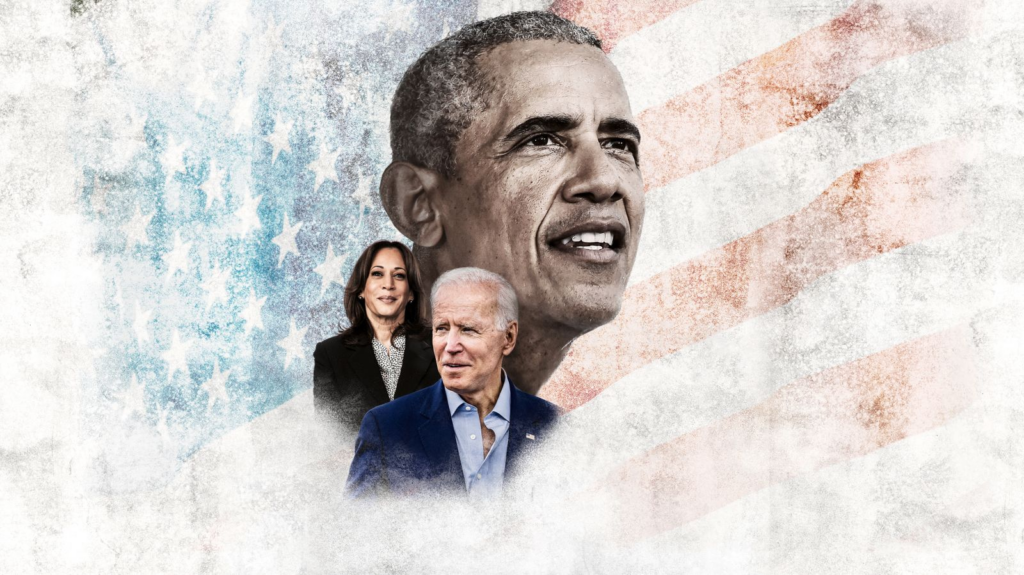
Kamala Harris’ husband, Doug Emhoff, has come under scrutiny for his financial ties to investment giants BlackRock and Vanguard, raising concerns over potential conflicts of interest. As the Second Gentleman, Emhoff’s investment portfolio is of particular interest because both BlackRock and Vanguard have substantial holdings in lithium mining operations, including ventures in North Carolina, a state poised to become a significant player in the race for lithium production. With growing demand for lithium to support the electric vehicle (EV) revolution, questions are emerging over how Emhoff stands to profit from these investments while his wife holds a position of political power.
Doug Emhoff’s net worth, estimated at $5.8 million according to public reports, is largely tied to various investment funds, many of which are connected to BlackRock and Vanguard. These two financial behemoths, known for their global influence, have been significantly involved in the energy and mining sectors, with a particular emphasis on lithium mining as demand for EV batteries continues to surge. Lithium is considered one of the most critical components in green energy infrastructure, making investments in this space both financially lucrative and politically sensitive.
Trump’s Shooters Both Appeared on Blackrock Commercials – Search
According to a Lifestyle Asia report, Emhoff’s wealth comes from his legal career and prudent investment decisions. His connection to BlackRock and Vanguard puts him in a prime position to benefit from the rising profitability of lithium extraction, particularly in North Carolina, where new mining projects are anticipated to ramp up in the coming years. The profitability of lithium is driven by the rapid expansion of the EV market, with companies like Tesla and other automakers clamoring for steady supplies of this key mineral.
North Carolina has emerged as a key player in the global lithium market. With new deposits discovered and mining operations scaling up, the state could become a hub for lithium production in the United States. BlackRock and Vanguard, with their heavy involvement in resource extraction, have major stakes in this emerging market. This intersection of political influence and personal financial gain raises ethical questions about potential conflicts of interest.
Critics argue that Emhoff’s financial ties to these firms could potentially compromise Vice President Kamala Harris’ stance on energy policy and regulation. How can the Second Family truly advocate for a balanced and ethical energy transition when one of its members stands to gain directly from a controversial industry? These concerns are echoed by conservative voices who see this as another instance of political elites profiting from industries that they are in a position to regulate. Read more Kamala Harris’ Husband Tied to BlackRock, Vanguard, and Controversial Lithium Profits – Finish The Race
Can I still buy a used gas-powered car?

This illustration shows the difference between an ICE car (internal combustion engine), hybrid electric vehicle (HEV), plug-in hybrid car (PHEV) and a full battery electric vehicle (BEV). Each car type has charging, fueling and emissions differences. Theron Green/CNET
The regulations don’t force anyone to stop driving their current automobile or prevent them from buying a used car. They also don’t prevent you from buying an ICE vehicle in another state and registering it locally.
The average lifespan of a car is about 12 years or 200,000 miles, according to the Bureau of Transportation Statistics, so there will be ICE cars available in the affected states for some time. Since only 12 states have adopted Section 177 of the Clean Air Act, there will likely still be a strong gas-powered vehicle market in America for the foreseeable future.
Are medium- and heavy-duty vehicles included in the ban?
Medium- and heavy-duty vehicles, like public buses and trucks weighing more than 14,000 pounds, “produce a disproportionately large portion of the state’s greenhouse gas emissions,” according to the California Energy Commission, and should be 100% zero-emission by 2045 “where feasible.”
California is set to prohibit the sale of large diesel trucks in 2036.
Is there a nationwide ban on gas-powered cars?
President Joe Biden has set a goal of having half of all new vehicle sales in the US be electric by 2030. To achieve that, he earmarked $5 billion to create a nationwide infrastructure of charging stations and revised the EV tax credit to spur domestic production.
But the White House has not floated an outright prohibition on new ICE vehicles. Instead, new standards for gas-powered vehicles dictate that manufacturers will have to build them to be more environmentally friendly, working toward a carbon-neutral goal.
Biden’s Federal Sustainability Plan also requires government agencies to transition to buy only zero-emission light-duty vehicles by 2027 and medium- and heavy-duty vehicles by 2035.
The White House announced in April 2023 that the federal government had already acquired 13,000 light- and medium-duty zero-emission vehicles in 2023, roughly four times the number it had bought in all of 2022.
Viability of the ban: What the experts are saying
While the ICE vehicle ban could go a long way to helping meet America’s emissions goals, there are questions that come up time and time again. How are we going to reliably get EVs into the hands of consumers? And how are we going to support them once those vehicles are in their hands?
CNET’s resident EV expert, Antuan Goodwin, points out that plug-in cars are more expensive than combustion vehicles right now — in many cases, they’re seen as a luxury. While price trends downward with improvements in technology, an ICE ban might raise the average transaction price for EVs.
In the short term this could end up hurting the average person, but in the long term this should actually help them out, due to the lower operating costs of hybrids and EVs.
Goodwin also identified infrastructural concerns that need to be reckoned with as these bans come into effect. According to Goodwin, we’ll need to figure out “how quickly plug-in infrastructure can and will grow, and what to do with all of the current gas stations as EVs replace combustion cars.” There will be ample time for this, however, as the ban doesn’t do anything to remove the millions of ICE vehicles already on the road today.
“Of course, combustion car emissions goals have been a constantly moving target, so we could see targets for ICE bans shift as trends in technology, public opinion and politics also shift in the coming years,” concluded Goodwin.
Which carmakers will no longer produce gas-powered vehicles?
With increased demand and government regulations, a number of leading auto companies have shared timelines for when they plan to phase out ICE vehicles.
General Motors has said it will sell only zero-emission cars by the time California’s ban takes effect in 2035. By 2040, GM said, it will be carbon-neutral both in its vehicles and manufacturing operations.
Other carmakers vowing to go all-electric include Jaguar (2025), Volvo (2030), Rolls-Royce (2030) and Honda (2040).
Ford has pledged to ditch gas-powered cars in 2030, but only in Europe.
Stellantis — parent company of Chrysler, Dodge, Fiat and Jeep — has said 100% of its sales in Europe and 50% of sales in the US will be battery electric vehicles by the end of the decade.
That’s when Mercedes-Benz says it will cease production of gas-powered vehicles “where market conditions allow.” The German automaker has promised to offer battery-electric versions of all its models by 2025.
Volkswagen plans to go all-electric in Europe by 2033.
Kia and Hyundai both have plans to ramp up their EV offerings, though neither has said anything about ending the production of ICE models.
Back in 2017, Toyota said it would phase out gas-powered vehicles by 2040. But while the Japanese automaker has led the way with hybrids, Toyota director Shigeki Terashi said in a 2021 investors’ call that it was “too early to concentrate on one option,” at least until 2050.
In January, incoming CEO Koji Sato said “the time is right” for an EV-first approach. But at the Davos summit that same month, Toyota Chief Scientist Gill Pratt argued that the scarcity of lithium for EV batteries made an all-in approach unfeasible.
“These shortages — not only of battery materials, but of charging infrastructure — will make it abundantly clear that one size does not fit all,” Pratt said, according to Automotive News, “and that the best answer is actually a mix of different vehicle types.” Lexus, Toyota’s luxury brand, is slated to go fully electric by 2035.

